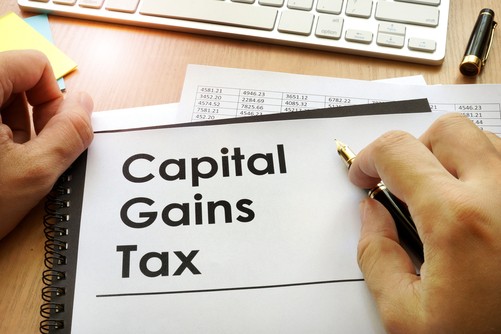
Don’t sell yourself short on Capital Gains Tax
Choose a schedule which covers all scenarios
Capital Gains Tax (CGT) has always been a complicated topic for property investors to understand.
There are a number of exemptions which may apply, and this means that investors may not always be liable to pay CGT.
Introduced on the 20th September 1985, CGT is the tax payable on the difference between what it cost you to purchase an asset and the amount you received when you disposed of it.
Legislation changes surrounding plant and equipment and the acquisition of such assets have only made things even more complex.
The changes to depreciation legislation, as explained in our cover feature article, limit owners of second-hand residential properties purchased after 7:30pm on the 9th of May 2017 from claiming plant and equipment depreciation on previously used assets.
Newly purchased plant and equipment assets installed and capital works deductions for the structural component of the building can still be claimed as normal.
Under the new legislation a capital loss, or CGT Event K7 as explained under section 104-235 of the Income Tax Assessment Act of 1997, can be claimed when an asset is disposed of for less than its original cost and depreciation claims for the asset were denied because of the recently amended depreciation legislation.
Whilst the method of calculating CGT has not changed, it has become imperative for investors to be aware of the implications of CGT from the outset of their purchase, particularly when they are investing in a second-hand property.
For properties affected by the legislation changes, a specialist Quantity Surveyor should include a capital loss schedule of previously used plant and equipment assets which can’t be claimed as depreciation during ownership.
Accountants can use this information to help determine the asset’s opening and termination value.
There are a few scenarios where the capital loss schedule becomes crucial.
These include:
- When an asset is scrapped during ownership, CGT Event K7 can be used to establish a capital loss in that year, even if the property was not sold
- Where there is a partial or full CGT main residence exemption. Even though the property was a main residence they may still be eligible for a CGT Event K7
- When the contract date and settlement date for the sale of the property occur in separate financial years. The normal capital gain or loss from the property (CGT Event A1) is calculated in the financial year of contract exchange, where as the CGT Event K7 is calculated in the year of settlement
Although the capital loss schedule is needed for CGT calculations, some scenarios result in a nil effect because the value of plant and equipment is separated out of the purchase price to show an amount attributed to the property.
Any difference identified due to a reduced termination value of plant and equipment increases the portion of purchase price attributed to the property when the property is sold.
It is more important than ever that property investors consult with a specialist Quantity Surveyor and Accountant to ensure their claim is correct.
To learn more about the changes to plant and equipment depreciation legislation, visit bmtqs.com.au/2017-budget-whitepaper
To discover the CGT exemptions that may apply, visit bmtqs.com.au/capital-gains-tax
Article provided by BMT Tax Depreciation.
The Money Edge | Bundaberg

.png)
.png)
.png)